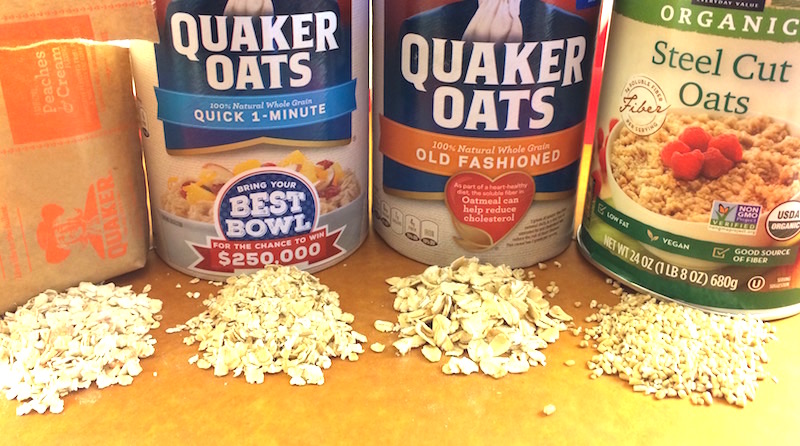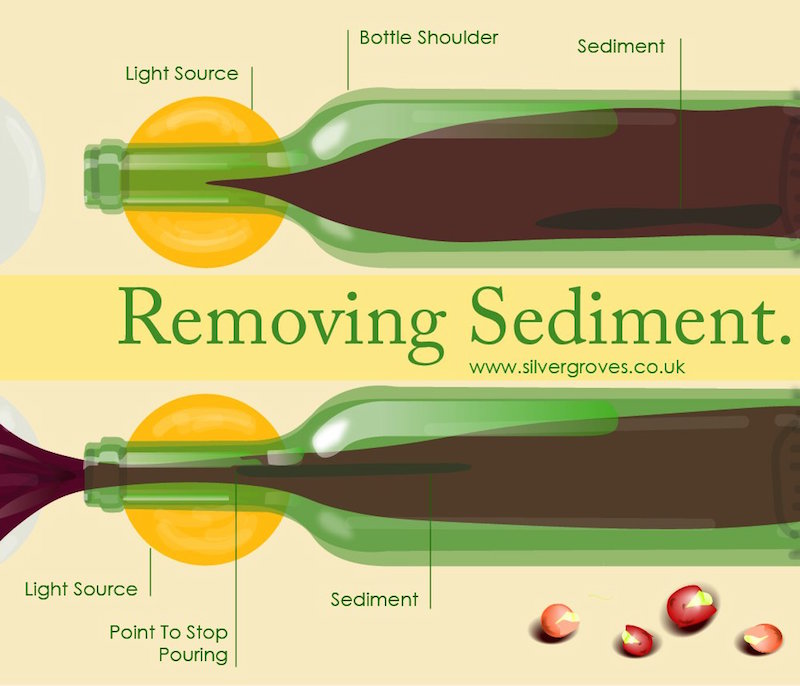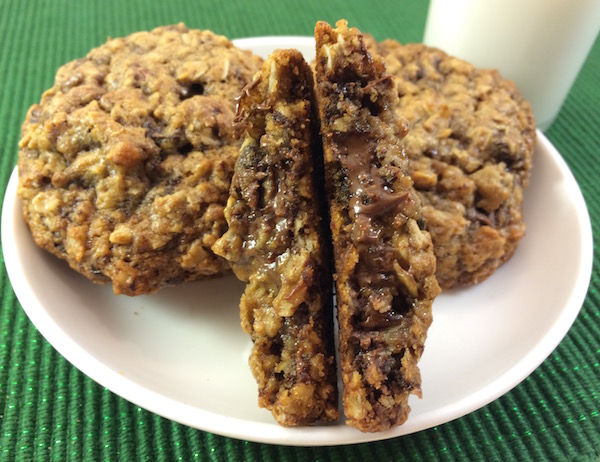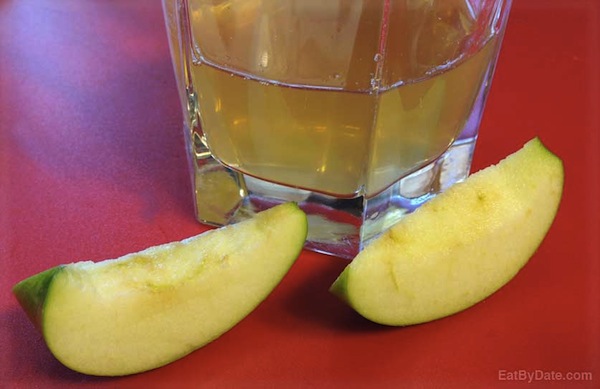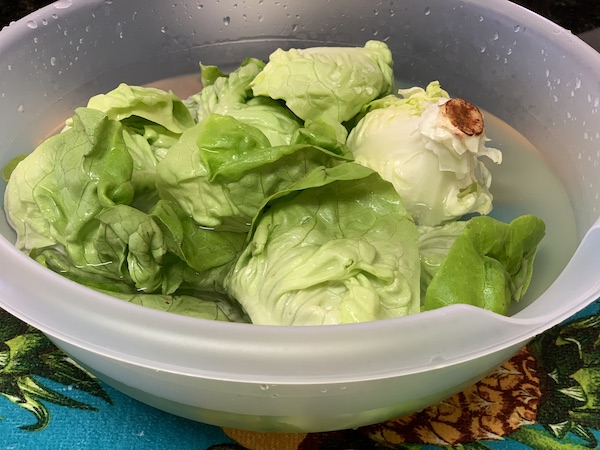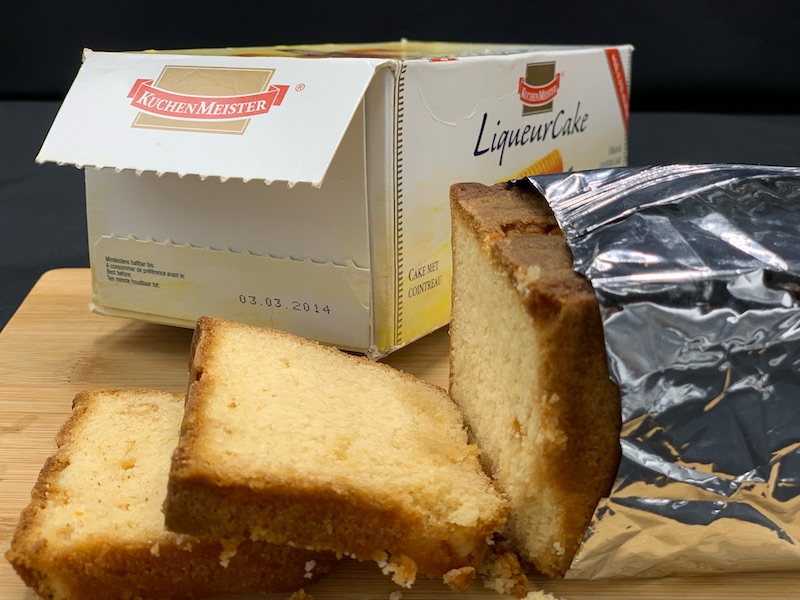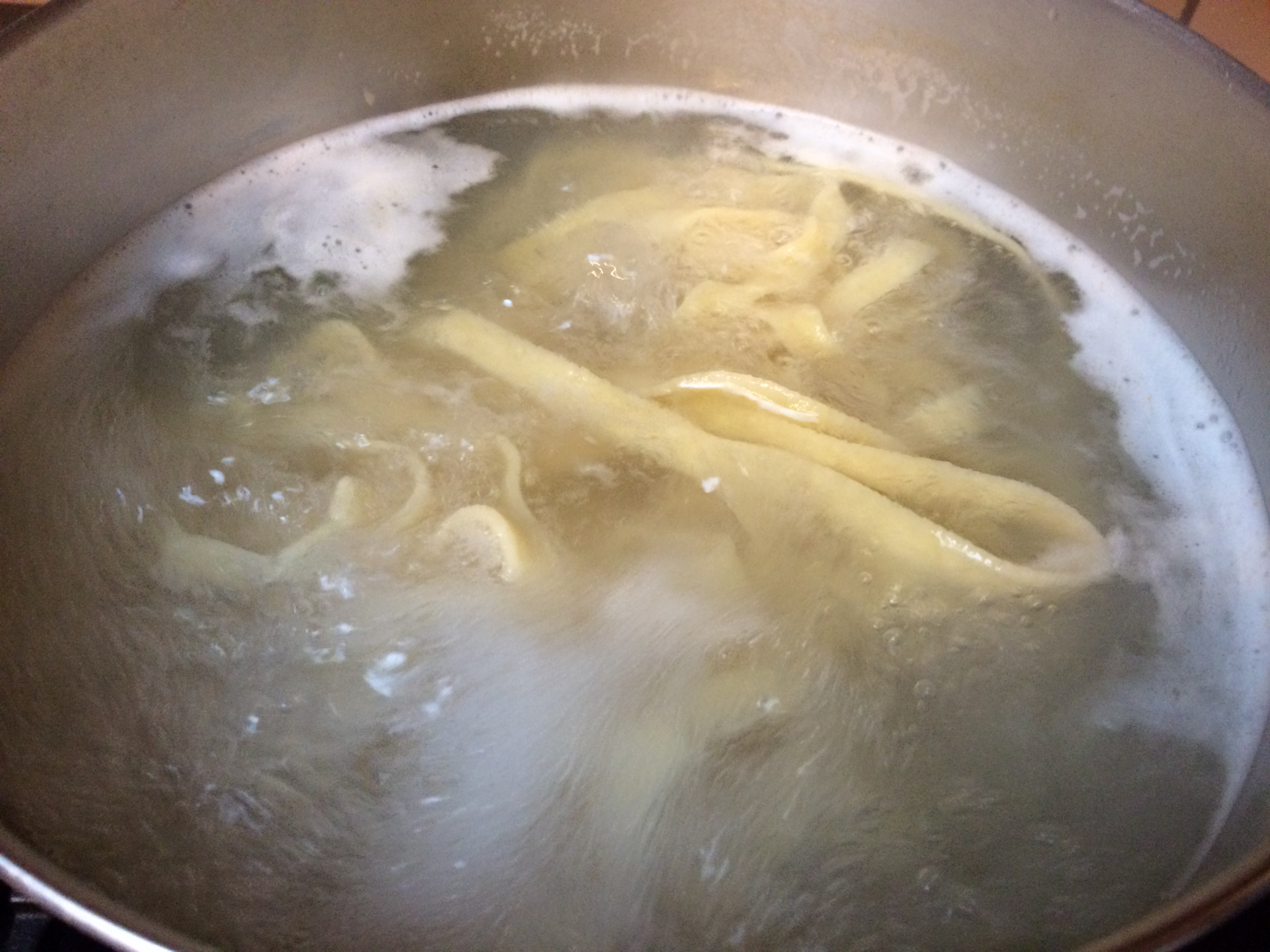- 29shares
- 29
Buying from a Surplus or Salvage Food Store
What is a Salvage Store?
Salvage stores typically carry merchandise that is either outdated, damaged or overproduced. Therefore, what items they carry varies from week to week depending upon what is available. Because of these things, purchasing salvage foods can not only rescue it from being sent to the landfill but will cost about half as much to purchase.
I’ve mentioned before that I had a very thrifty dad who could make use of anything. Well, he would sometimes take us (me + siblings) to this little run down barn near the railroad tracks. We were never sure quite what we would find there, besides plenty of badly dented cans. But, we went along for the times that there were split open bags of wrapped candy because it meant that we could bring our pennies and leave quite satisfied.
We used to think that Tony, the man who owned the barn, had somehow orchestrated a train wreck when the barn was full. Little did we know that salvage stores have many other ways of obtaining product including closeouts, overstock, outdated and past seasonal merchandise.

Safety Precautions When Purchasing Salvaged Goods
People often ask if salvage stores are safe.
Salvage and discount grocery stores are safe as they
are inspected and regulated like regular stores.
Most salvage stores get their merchandise from
reclamation centers that contain items that the
regular stores won’t or can’t sell.
These centers discard dangerous merchandise such as
cracked glass or leaking plastic. Regardless, the
buyer should always beware and being knowledgable of
the following information is important to know
before shopping surplus stores.
First, check that the store looks and smells clean.
Although bacteria can still grow in a clean yet
un-sanitized environment, cleanliness can be an
indication of their food handling policies. If dirt
and bugs are visible, it’s best to move on.
Then, avoid purchasing any of the items on the
upcoming list.
Foods to Avoid Buying
If the can looks swollen or the lid is curved instead of flat, that is an indication of growing bacteria within.
This damage may have allowed bacteria to enter the can.
If liquid can get out, then bacteria can get in.
Packages should be in their original condition. An exception to this could be a cereal box where the inside packaging is still completely intact and only the box was dented.
Avoid places that keep higher temperatures in their display cases – look for thermometers to be sure.
Remember that these dates are often used on more perishable foods and are different than “best before” dates. Foods with this dating may have begun to spoil once this date has passed. Buying the same day is fine, but they should be taken directly home and cooked or frozen that day or the next.
Avoid buying any frozen foods kept at higher temperatures. Avoid buying foods that may have thawed and then become refrozen. This is often hard to spot. One sign would be stains on the outside of a package, which could have come from a melted product. Thawed foods present an atmosphere for bacterial growth (see below).
Don’t take chances by buying any fresh foods that look or smell off, this food most likely contains harmful bacteria. Foods that have gone bad can possibly look and smell fine, but foods that are fine will not look or smell bad unless bacteria is growing.
If unsure, ask the manager. New labels may neglect to list everything, such as the proper ingredients for food allergies or lot numbers needed on the chance that there is a recall.
Surplus Store Shopping
Additional Information
To find out how long canned goods last, see our canned goods page.
For a list of safe thawing methods, click here.
To find out the ideal fridge temperature, see our fridge temp post.


